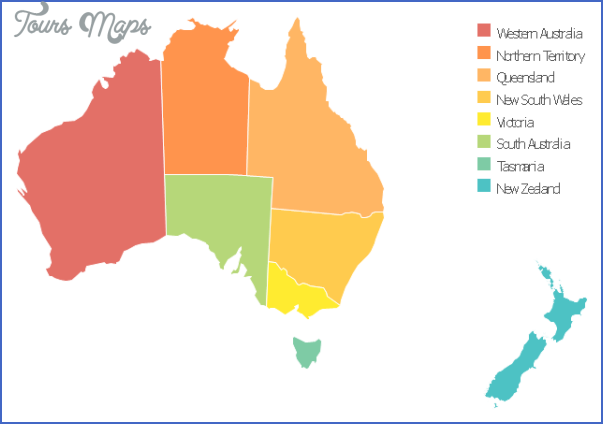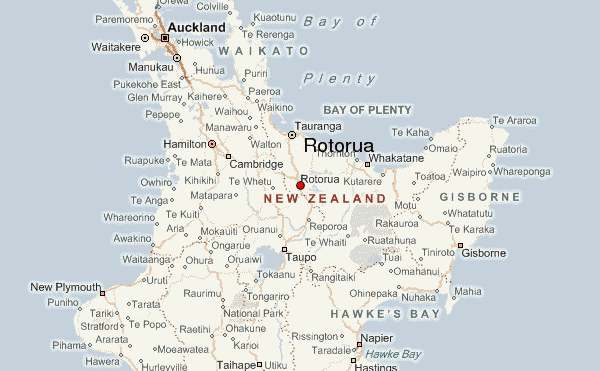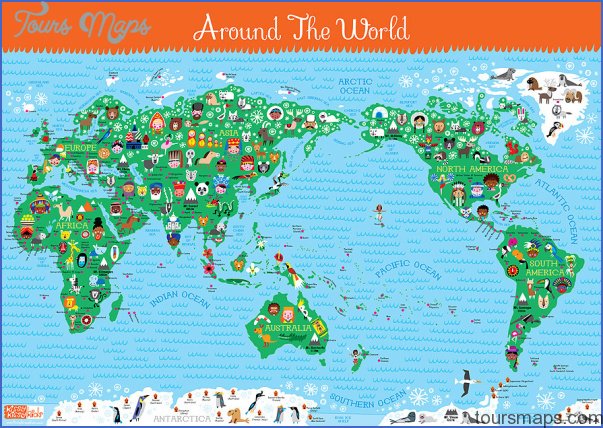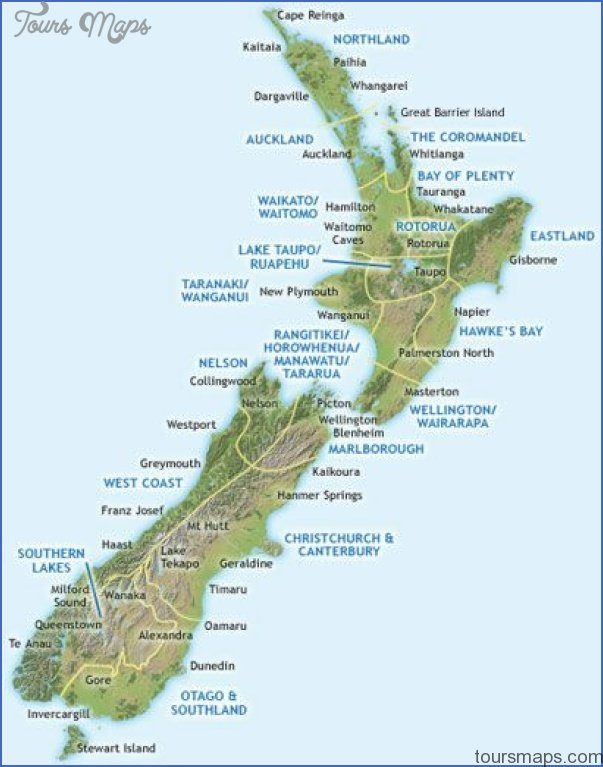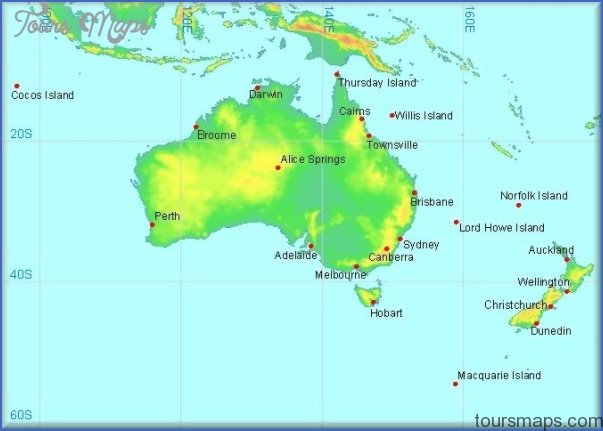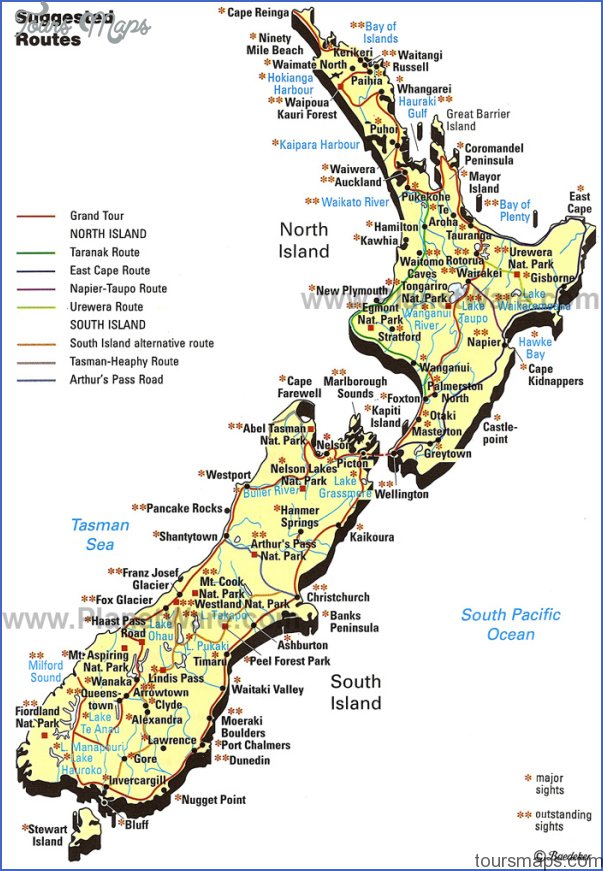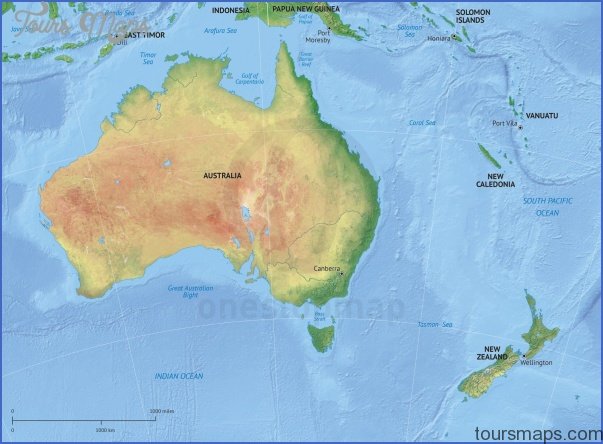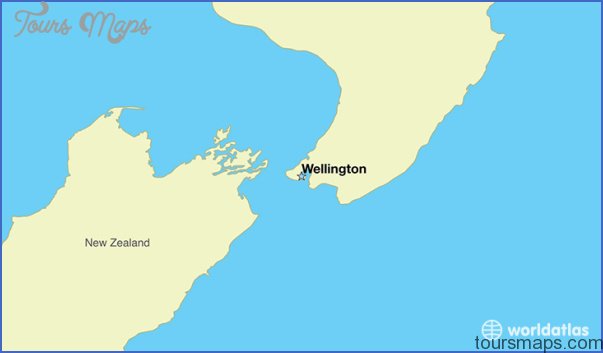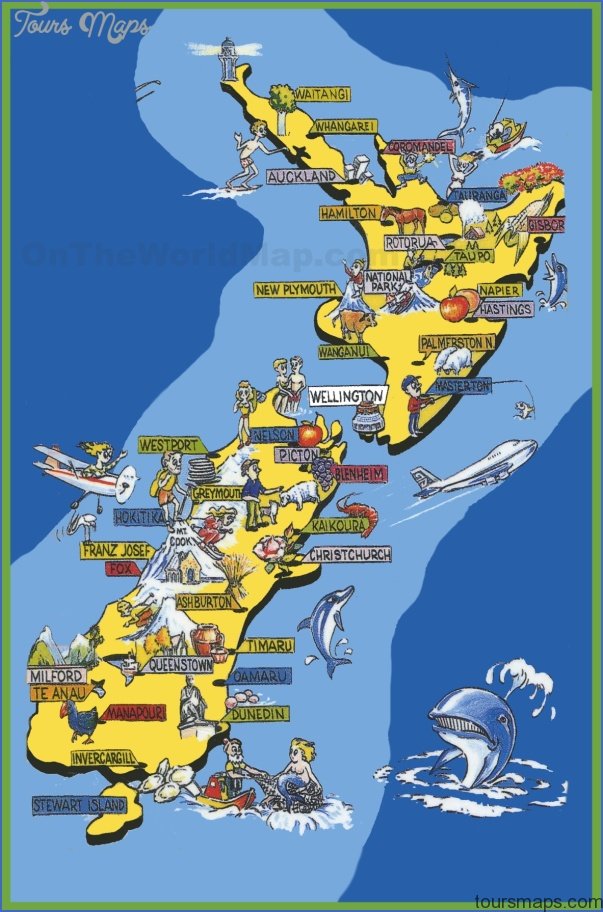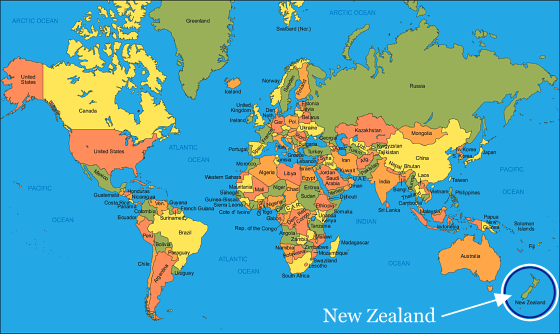Category: Blog
Nick Nobilo’s Vinoptima produces Gewurztraminer from deep, rich, alluvial clay soils in inland Poverty Bay. The pumpkins growing through the fence next door tell a tale of fertility. Vinoptima …
The rise of the classical vinifera varieties Yet the evidence was there, in the plantings and in the wines, that the mainstays of the European industry – the viniferas …
Varietal revolution Vinifera varieties dominated the fledgling wine industry in nineteenth-century New Zealand. Much of the accumulated knowledge about growing these classical varieties disappeared during the first two decades …
The last two decades of the twentieth century saw the realisation of the third major stage of regional dispersion away from the two traditional regions of Auckland and Hawke’s …
Throughout the 1960s, the Corban family continued to expand their footprint in West Auckland. In 1969, they bought 121 acres in Taupaki. Here the family (from left, Khaleel, Wadier, …
From 1970, a second period is characterised by the rise of Gisborne and Hawke’s Bay. By 1980, both Gisborne and Hawke’s Bay each had twice the area in vines …
Hawke’s Bay, with its much lower precipitation (under 800 mm compared with over 1400 mm in West Auckland), lower humidity and higher sunshine hours, is a more suitable natural …
Hawke’s Bay The Hawke’s Bay wine industry was so different it could have been in another country, perhaps Australia. Four enterprises – McWilliam’s Wines Ltd, McDonald’s Wines, Glenvale Wines …
Auckland West Auckland vineyards and wineries in 1960 were small, mixed holdings (Figure 2.1). All but a few of them combined growing grapes with orcharding, and most ran some …
Geography of vines and wines from mid-century The results of the Easter Show reveal much of the international and internal geography of the vine and wine around 1960 as …
